Growing Applications in Diagnostics
The versatility of nanobodies is leading to their increasing application in diagnostic tools, thereby driving growth in the nanobody market. Their small size and high stability make them ideal candidates for use in various diagnostic assays, including imaging and biosensors. Recent studies indicate that the market for diagnostic applications of nanobodies could expand at a CAGR of over 15% through the next few years. This growth is attributed to the rising demand for rapid and accurate diagnostic solutions, particularly in areas such as oncology and infectious diseases. As healthcare providers seek to improve patient outcomes through early detection, the adoption of nanobody-based diagnostics is expected to rise, further propelling the nanobody market forward.
Rising Prevalence of Chronic Diseases
The increasing prevalence of chronic diseases in the US is a key driver for the nanobody market. Conditions such as cancer, autoimmune disorders, and cardiovascular diseases are on the rise, necessitating the development of effective therapeutic options. Nanobodies, with their ability to target specific antigens, offer a promising avenue for treatment. Market analyses suggest that the demand for nanobody-based therapies could grow substantially as healthcare systems seek to address the burden of chronic diseases. Furthermore, the aging population is likely to exacerbate this trend, as older individuals are more susceptible to such conditions. Consequently, the nanobody market is poised for growth as it aligns with the urgent need for innovative solutions in chronic disease management.
Increasing Investment in Biopharmaceuticals
The nanobody market is experiencing a surge in investment from both public and private sectors, particularly in the biopharmaceutical industry. In recent years, funding for biopharmaceutical research has escalated, with estimates suggesting that investments could reach upwards of $200 billion by 2026. This influx of capital is likely to enhance the development of nanobody-based therapeutics, which are known for their specificity and efficacy. As companies seek to innovate and bring new treatments to market, the nanobody market stands to benefit significantly from this trend. Furthermore, the growing interest in personalized medicine is driving the demand for novel therapeutic modalities, positioning nanobodies as a promising solution. The increasing investment landscape is expected to foster collaborations and accelerate the pace of research and development within the nanobody market.
Regulatory Support for Innovative Therapies
Regulatory bodies in the US are increasingly supportive of innovative therapeutic approaches, which is positively impacting the nanobody market. The FDA has established pathways that facilitate the expedited review of novel therapies, including nanobodies, which are recognized for their potential in treating various diseases. This regulatory environment encourages companies to invest in the development of nanobody-based treatments, as they can navigate the approval process more efficiently. Moreover, the FDA's commitment to fostering innovation is evident in its initiatives aimed at streamlining the regulatory framework for biologics. As a result, the nanobody market is likely to see a rise in the number of approved products, which could enhance market growth and provide patients with access to cutting-edge therapies.
Technological Advancements in Nanobody Production
Technological advancements in the production of nanobodies are significantly influencing the nanobody market. Innovations in recombinant DNA technology and expression systems have enhanced the efficiency and yield of nanobody production. For instance, the use of yeast and bacterial systems has been shown to reduce production costs while maintaining high purity levels. As production techniques continue to evolve, the scalability of nanobody manufacturing is likely to improve, making these therapeutics more accessible. This is particularly relevant as the demand for nanobody-based therapies grows, driven by their unique properties. The ongoing refinement of production technologies is expected to play a crucial role in shaping the future landscape of the nanobody market.


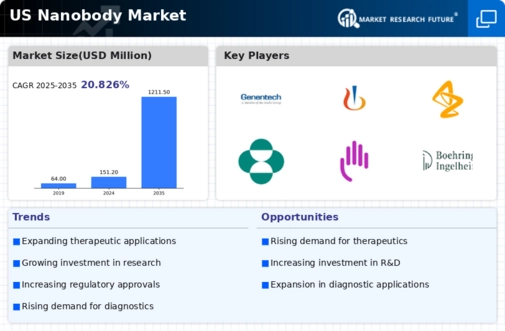

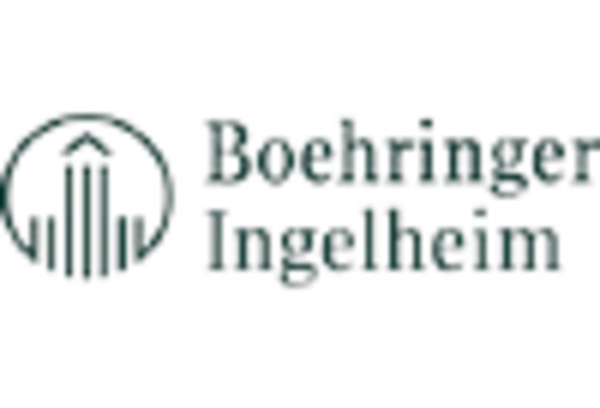
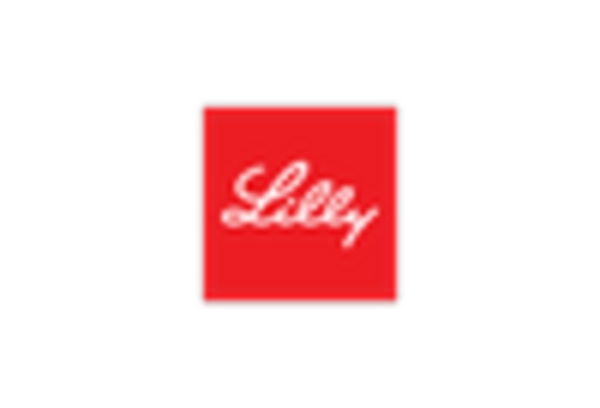
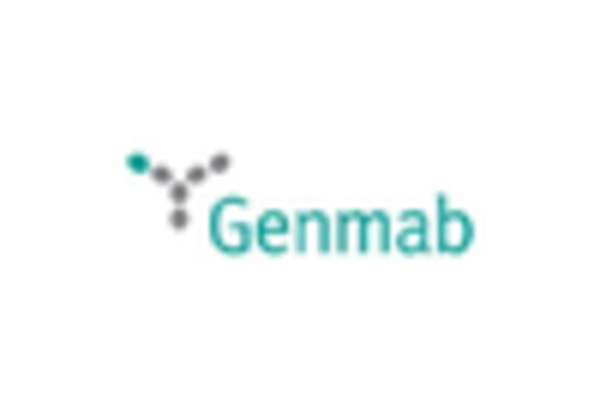
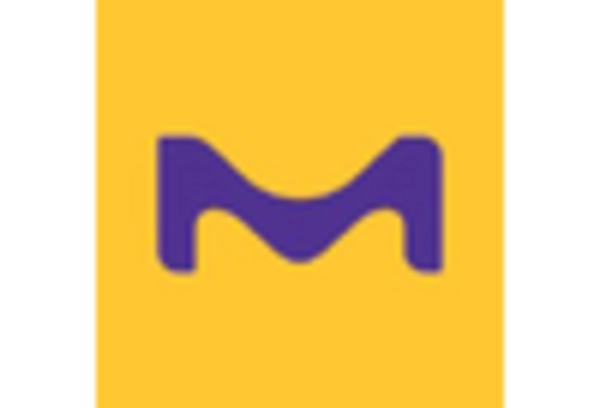
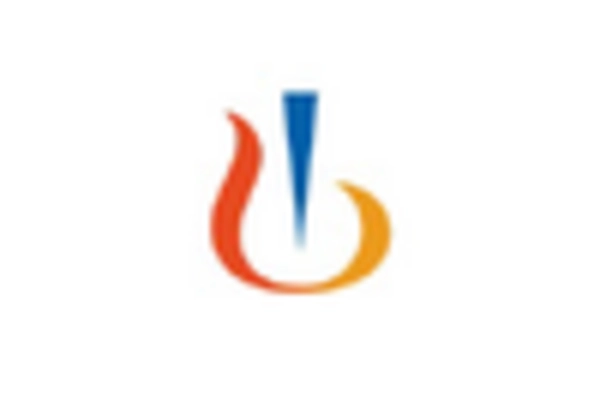








Leave a Comment